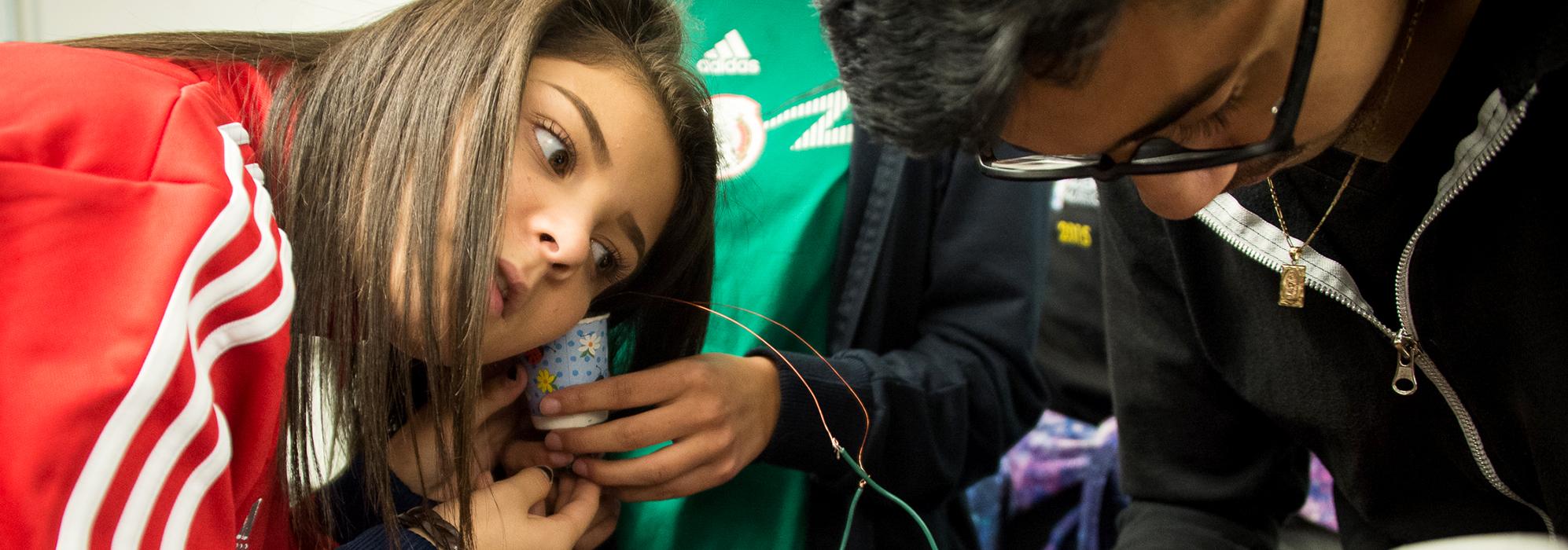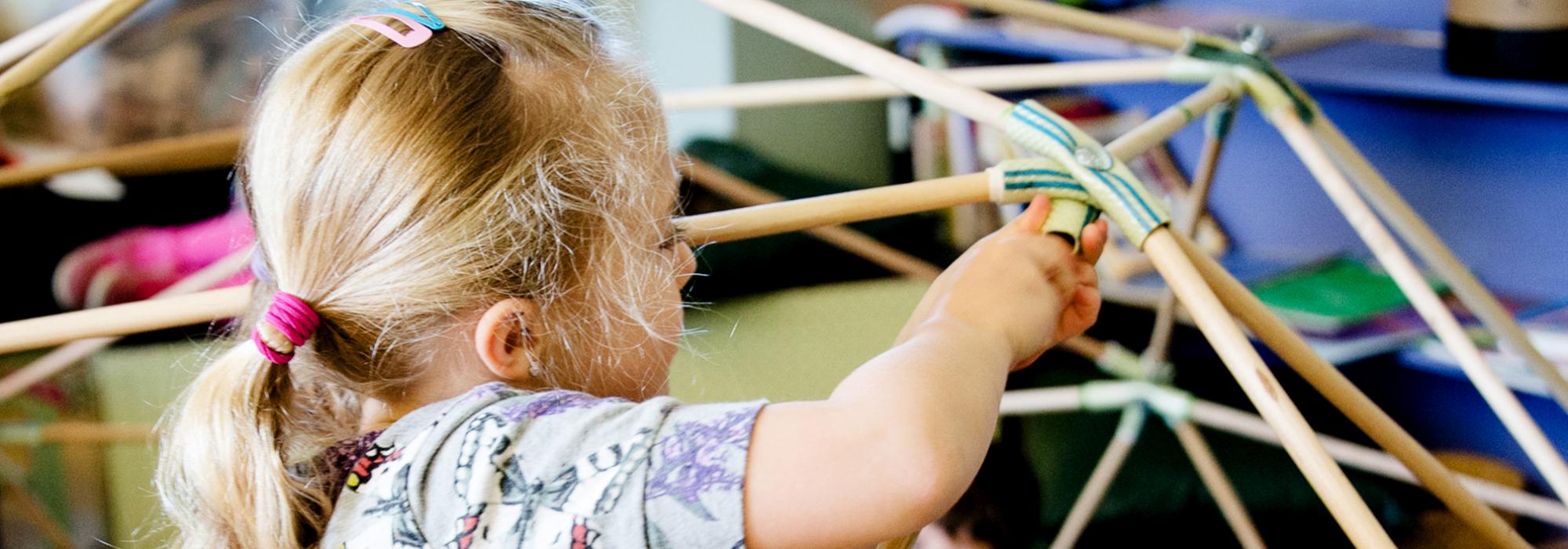Agency by Design
Educational initiatives that emphasize making, design, engineering, and tinkering have been gaining traction in schools and organizations across the country. While maker-centered learning is not a new concept, recent and emerging trends suggest a new kind of hands-on pedagogy—a responsive and flexible pedagogy that encourages community and collaboration (a do-it-together mentality), distributed teaching and learning, and crossing boundaries.
Agency by Design (AbD) is a multiyear research initiative at Project Zero investigating the promises, practices, and pedagogies of maker-centered learning experiences.
My Perspectives, Other Perspectives - Adapted for Early Childhood Education
The routine helps students explore complexity by encouraging them to consider that people may have different experiences with and perspectives on the same object or system. This routine also encourages students to think more carefully about how the object or system impacts their lives and the lives of others.
“深入拆解” 的思考模式
這個思考模式通過讓學生慢慢、細心地觀察物件和系統中的細節,鼓勵他們不止觀察物件的表面特徵,更重要的是了解其內部運作。這個思考模式可以激發學生的好奇心,鼓勵他們勇於提出問題,並且能做更深入的研究。
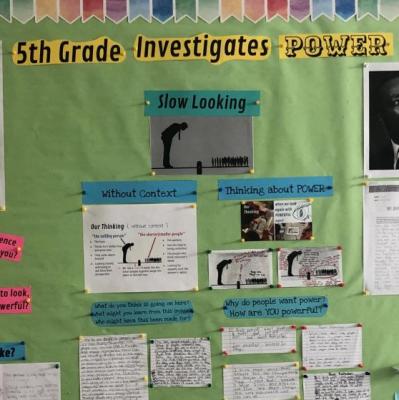
JusticexDesign: Developing a Sensitivity to Designed Injustices
Banner image courtesy of Agnes Gómez and her 5th grade students at Sacred Heart School (School year: 2019-2020).
Agency by Design and JusticexDesign (JxD) extend great appreciation to Jaime Chao Mignano for being a thought partner in conceiving of the JxD project as well as to JxD Origin Educators for their invaluable contributions to this work: Agnes Gómez, Angélica Guerrera, Anne Leflot, Ashley Beck, Gerald D. Smith Jr., Maria Fernanda García, Mark Perkins, Nick Loewen, and Sonia Chintha. Thanks also to educators Julie Rains and Lisa Yokana, who participated remotely in trying out some JxD tools during its pilot year. Sincerest appreciation to Edward P. Clapp and Jim Reese, as well as the Washington International School, for their generous and ongoing support in making JxD possible.

Pensar, Sentir, Preocuparse
Esta rutina anima a los estudiantes a considerar las diferentes perspectivas de diversas personas que interactúan dentro de un sistema en particular.

How Can Understanding What We Value as Educators Shape What We Assess in Our Classrooms?
What do we want our learners to be like when they leave our classrooms at the end of the year? What does authentic learning look like in a maker-centered classroom? Your response to these questions might be an indicator of what type of learning you value as a teacher. Inspired by Carlina Rinaldi and her writing on the relationship between documentation and assessment, we used these questions to identify what types of learning or dispositions teachers value most within their contexts. Think of it as a lens for looking at learning. What we quickly realized is that the values educators bring to their work have implications connected to assessment.
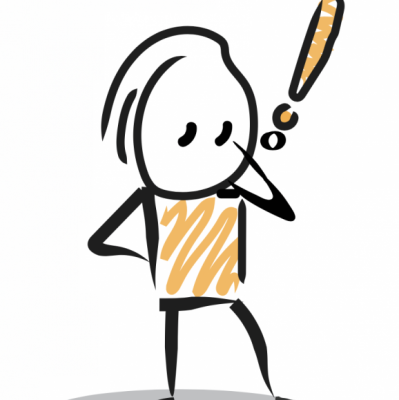
“推进创新” 的思考模式 (简体版)
这个思考模式鼓励学生多方面思考,为一件物品/系统思考各种新的可能性。然后再鼓励学生把新想法融合起来,决定一个有效率的方法去完善,从新设计,和拆解物件/系统。

People, Systems, Power, Participation
A protocol for looking critically at content and developing a sensitivity to the role(s) of power and participation in the design of objects and systems.
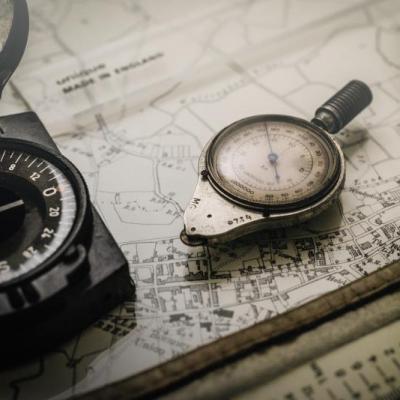
PARTES, PESSOAS, INTERAÇÕES
Essa rotina de pensamento ajuda os estudantes a desacelerar e a olhar atentamente para um sistema. Ao fazer isso, os jovens são capazes de situar objetos dentro de sistemas e reconhecer as várias pessoas que participam – direta ou indiretamente – de determinado sistema.
